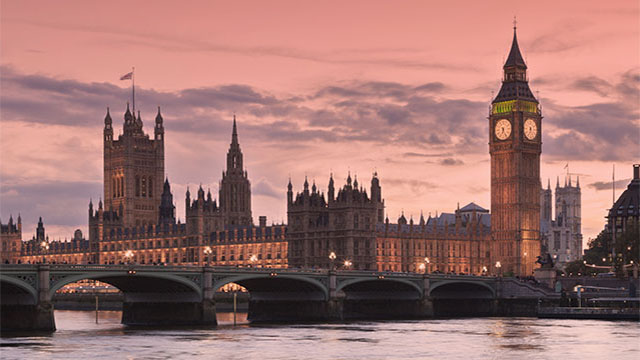A decade on and the memory of the global financial crisis is beginning to fade. The world economy will grow at a steady pace this year, with GDP expected to increase by 2.7%, according to the Economist Intelligent Unit, with just four countries in the red.
However, this economic optimism is paired with an uncertainty that could shake the sentiment-driven residential property markets.
The safe havens are under threat from controversial leadership, hostile protectionist policies and two-tier cities that offer better capital growth. Western central banks are beginning the interest rate ascent and investors can kiss goodbye to the age of cheap money. In addition, the speed with which cross-border tensions flare up and die down again indicates a new era of volatility.
This all leaves the international property investor with the dilemma of where to put their money.
The safe havens
Since 2008 the safe havens of New York and London have appealed to all investor types – albeit billionaire or institutional fund – offering both lifestyle (education, restaurants, shopping and culture) and rocketing asset appreciation.
After the crash, London house prices rose 84.2% in the mainstream market and 53.6% in the luxury segment, and 68.6% and 38.3% respectively in New York.
But over the past five years the performances of these two leading cities have started to diverge. The cost of a high-end home in London has fallen 1.5% since 2012. In New York, luxury pricing has jumped by a quarter.
New York: Celebrity businessman Donald Trump may have seemed a contentious choice for president with his aggressive rhetoric on immigration, trade and foreign policy but his sweeping tax bill is making Americans feel richer.
Cutting corporation tax from 35% to 21% is expected to boost capital expenditure and employment.
“Business confidence has never been higher, resonating through to consumer and homebuyer behaviour,” says Mark Grinis, global head of real estate at EY.
Despite talk of the Mexican wall, Latin American investors remain unphased and last year the US recorded a 50% rise in residential property investment from overseas, from $100bn to $153bn.
“The view that the US is now under scary and unpredictable leadership is not playing out as the world becomes accustomed to Trump,” says Grinis.
Trump’s zero-tolerance border enforcement plan is at odds with his stance on overseas property investors. “Tax is complex in the US and differs from state to state but there are no restrictions on foreign buyers,” says Knight Frank’s Liam Bailey.
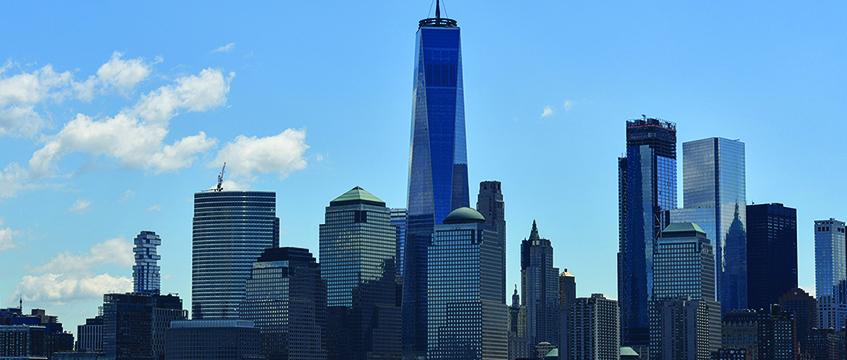
London: The EU referendum and election of Trump were just five months apart and borne of a similar social unease. However, Brexit was the final blow to the luxury London property sector in a series of damaging fiscal and political moves.
The stamp duty hike on home sales above £937,000, the 3% extra tax slapped on second properties and buy-to-lets and Brexit paralysed the market above £1.5m.
Central London is heavily reliant on overseas investors, therefore geopolitical unrest elsewhere also hits home. Middle Eastern house hunters in Belgravia, Knightsbridge and Mayfair fell quiet last autumn following the Qatari credit crunch. Uncertainty in the region has been compounded by the announcement that America will leave the nuclear deal and reinstate sanctions on Iran.
Becky Fatemi, of Rokstone Properties, fears this will continue to strangle funds coming out of the Middle East. The pound has strengthened against the dollar, she adds, eradicating the discount on UK property that buyers were enjoying last year.
China, however, has been a good story for London. “Hardly present here seven years ago, the Chinese are the single biggest overseas buyer into the UK” says Bailey.
There is also demand from institutional investors to back build-to-rent projects in London, Manchester and Birmingham but a lack of stock. “There is a lot of capital chasing the build-to-rent sector. We therefore need to increase the pipeline,” says James Carswell of Peel Hunt.
The Eurozone
Frankfurt: Headlines of Frankfurt supplanting London as the Europe’s financial services hub have not come to fruition but the German city’s prime residential district is fast developing.
The regeneration of the finance district – including that between Westend and the River Main – is bringing professionals in from the suburbs to live in the centre.
It’s already home to Morgan Stanley, Standard Chartered and Citigroup HQs and is seventh in the Mercer city index for quality of life. There are 365,000 companies and the population is expected to grow by 8% in 10 years. More financiers travelling to Frankfurt for meetings will drive the pied-à-terre market.
Berlin: This post-conflict city has a thriving creative scene and young population. The price of the average home has jumped 113% from trough to 2017 – the greatest rise of any European city.
“Berlin has been enjoying a peace premium,” says Savills’ Yolande Barnes. It’s shifting from a post-war zone market to a leading global city.
“A solid political framework and strong economy certainly contribute to German real estate’s growing reputation as a safe haven,” says JLL’s Timo Tschammler.
However, a change in leadership can shake this status.
“Angela Merkel has been safety incarnate,” says Barnes. “But it’s by no means clear who will succeed her. This just shows that even the seemingly most stable country can quickly become vulnerable.”
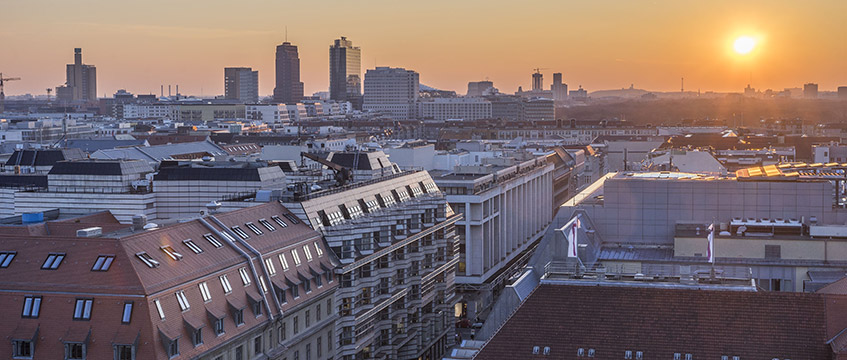
Paris: The switch from president François Hollande to Emmanuel Macron has boosted the Parisian luxury market, says Bailey.
“Since spring 2017, l’effet Macron has led to a ripple of optimism extending out from Paris to France’s other prime markets,” he says, adding that buyers from Britain, the US and Benelux are very active.
French GDP is set to rise by its highest rate in seven years and the number of residents worth more than US$5m is forecast to jump 38% by 2023.
However, Macron has also slapped a wealth tax on properties above than €1.3m, which may stop overseas second homebuyers from choosing Paris over London.
The Brics: boom or basketcase?
Pre-2008, hopes for growth were pinned on the Brics (Brazil, Russia, India and China) and Turkey. While China is still the largest contributor to world GDP, the same challenges exist to entering any of these markets.
The Brazilian government is riddled with corruption and there’s a lack of transparency in India. The Syrian conflict on Turkey’s borders has sent holiday homebuyers packing from the traditional resorts.
“Eyes were on Turkey 15 years ago as it was democratising but I get the sense it’s now overlooked,” says Barnes. “Istanbul bucks the trend with a young creative population and could outperform the country as a whole,” she adds.
Shanghai, Beijing, Shenzen: Property prices have surged in these cities as a younger, growing population want to urbanise. But foreign buyers have to work or study for a year before purchasing a property and it has to be for dwelling, not letting. You can’t buy land, instead it’s on short-term lease from the government.

Moscow: Before the global banking crisis, Moscow was more foreigner-friendly than it is today. Swathes of pre-revolutionary mansion blocks were converted into large apartments and overseas funds poured into new developments.
However, international demand dried up in 2008 and sanctions followed the Ukraine crisis. It’s now mostly a domestic market with an abundance of apartments. There is also a high capital gains tax on the sale of homes owned by non-residents.
The recent nerve agent attack in Salisbury, supposedly committed by the Russians, and growing talk of interference with the US election, means it remains an “avoid” for most global investors.
The new NIMBYs
Sydney and Melbourne: Australia’s two leading cities are among the world’s top 10 markets for prime property price growth, as ranked by Knight Frank. However, in order to cool demand, the government announced that non-residents can only buy new-builds and, as a result, foreign investment fell by 40%.
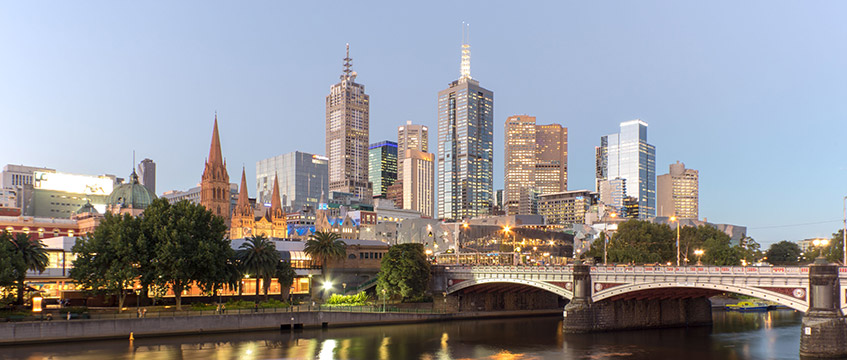
Auckland: the New Zealand capital is considered a luxury bolthole for Asia Pacific.
However, it’s the next nation to attempt to address the negative effects of globalisation on the domestic housing market.
The Overseas Investment Amendment Bill, now before select committee, will mean non-residents cannot purchase existing dwellings without special consent. Foreigners will be allowed to invest in new construction but must sell once the homes are built.
Currently the top five investor nationalities are the US, China, Qatar, Singapore and Malaysia.
The ones to watch
Seoul: Luxurious second homes and buy-to-let investments in Seoul have long been snapped up by Chinese buyers but its appeal is broadening. Last month [May] it topped the Knight Frank Prime Cities Index, recording the highest growth in prime property prices of any city in the world (24.7% in Q1), showing a surge in demand.
As the lines of communication improve between North and South Korea, overseas investors outside Asia may view Seoul more favourably. Its profile has also been helped by the Winter Olympics.
“Seoul has plenty to offer the global investors,” says Bailey. “There’s a highly regarded university and a thriving music and creative scene.”
There are no restrictions on foreign ownership but non-residents are not allowed to receive revenue from property in South Korea. Investors need to set up a stock company to get around this. The exclusive area of Gangnam is still seeing strong speculative activity.
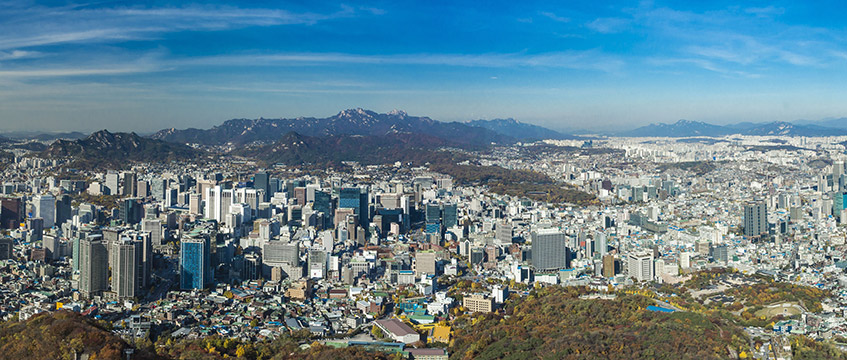
Warsaw: This is a very exciting market for many institutional investors.
“It has strong rental demand through a renewed middle-class and poor existing stock,” says JLL’s Adam Challis. “However, continued sabre-rattling from Poland’s Eastern neighbour could also put off the class of investor that is seeking safe, stable returns,” he adds.
Additionally, the Polish capital’s policy of handing back property to its pre-communist owners has unleashed widespread dispossession.
The Warsaw investor should play the long game.








